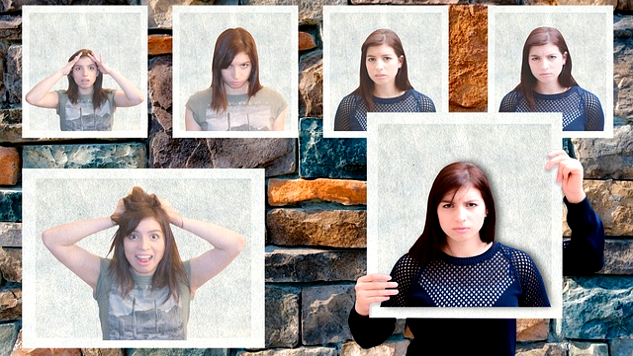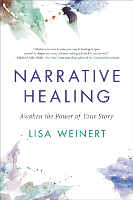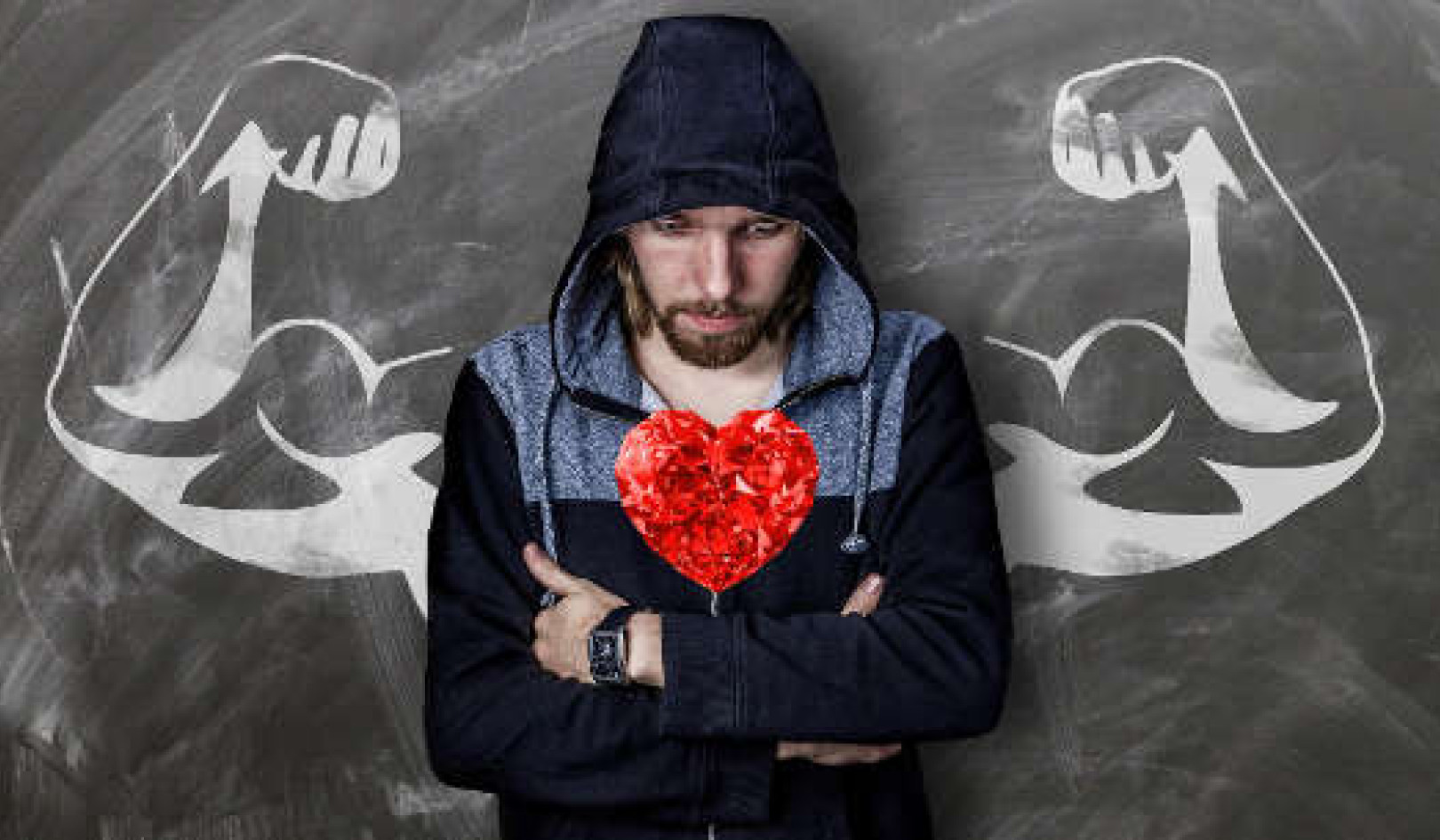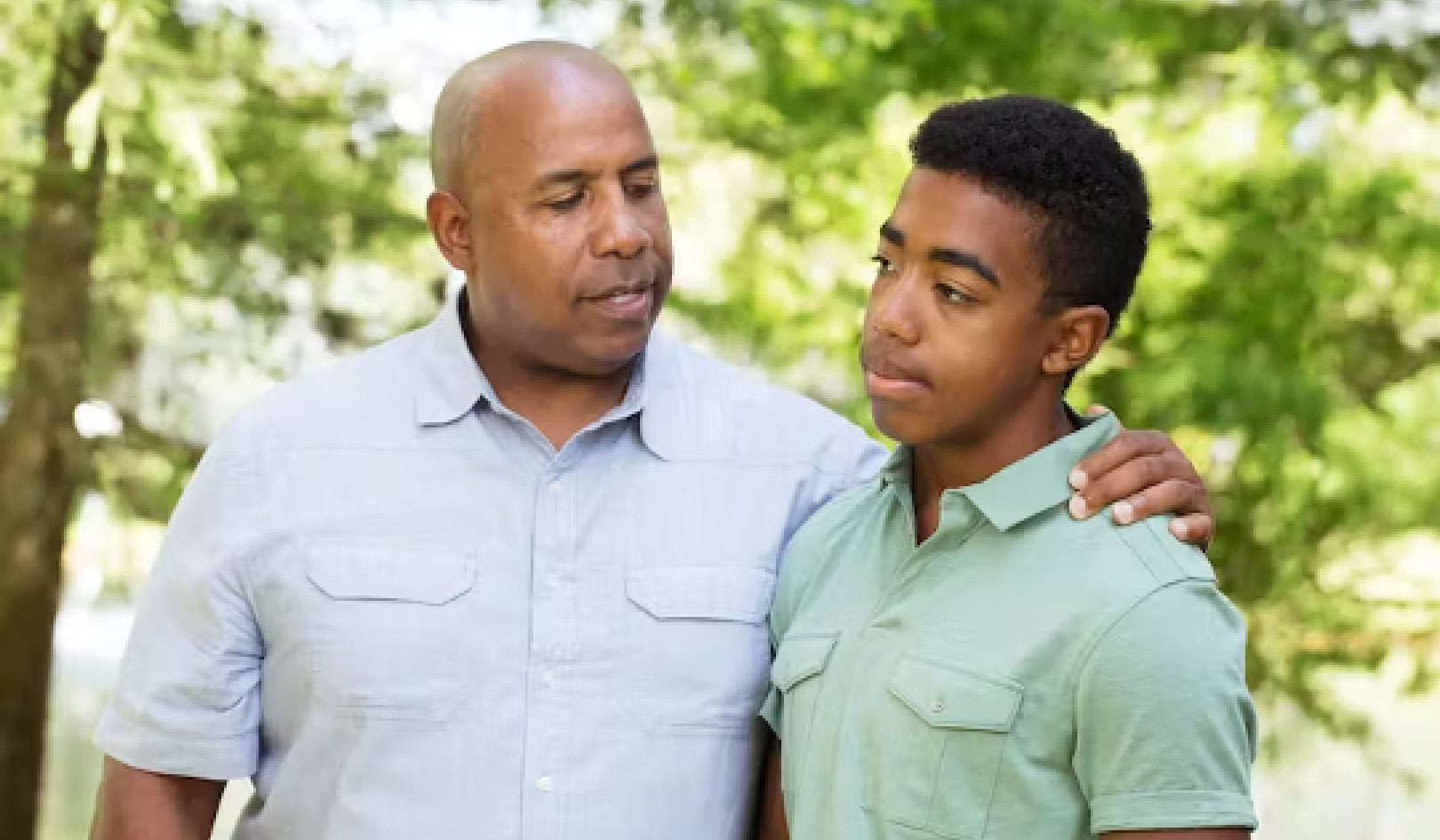
Image by Jonathan Alvarez
Whether you’re aware of it or not, you're communicating powerful messages all day without uttering a single word
Within moments of entering a room, a meeting, a Zoom call, or your home, everyone around you will have a pretty good idea of what is really going on with you. You don’t have to utter a word—they’ll read your body language. Effortlessly, we spread confusion and unrest, or ease and connection through the stories we tell with our bodies. And, the better aware we are of our bodies, the more effectively we will communicate.
The idea that body language is an important communication method isn’t new. Articles in The New York Times and Forbes argue that body language is perhaps the most important way we communicate, and makes up about 60 percent of what we tell people around us. We know this intuitively.
Think about it—who among us doesn’t know what it feels like to sit next to someone seething with anger? We pick up on it right away—they might be smiling, but we can identify their rage through the tension in their eyes, or the stiffness of their shoulders. Who among us doesn’t know the feeling of sitting beside someone relaxed, open, and exuding joy? We might pick up on it in the movements of their hands, the ease in their stance, or even a smile. We inadvertently share our opinions, preferences, judgments, tensions, joys, anxieties, and frustration all day long in the way we walk into a room, breathe, make eye contact, and hold our bodies.
But during these anxious times, most of us don’t know what our bodies are saying to us, let alone to others. We miss out on important cues, mistakenly send confusing signals, and create misunderstandings. Most of us are caught up in stress responses that make it hard for us to be fully embodied.
What Is Your Body Saying?
A recent Gallup poll found that around thirty percent of the US population experience anxiety. Another study found that around 70 % of the US population has experienced a traumatic event.
Detachment from the body is one of the primary side effects of trauma and anxiety. We lose the connection to how we feel, and what we need to be grounded. This can happen anywhere, anytime: in the middle of an important sales meeting, on a Zoom call or date, or when we find our core beliefs challenged by a loved one or colleague.
This often means that despite being confident in what we want to say, our bodies will tell an entirely different story and undermine our effectiveness. We might think we’re telling the whole story with what we say, text, or type, but we may be telling completely different stories with how we’re breathing, the way we walk into rooms, our posture, or the quality of our eye contact.
The Stories Our Bodies Share
The stories we share determine how people perceive us. This is true at work, at home, on the train, in line at the coffee shop—in short, everywhere. But most of the time, we don’t have a great sense of what stories we are telling others.
We can’t control our outside circumstances, but we can take actions to better connect with our bodies so that we know what stories, impulses, feelings, and tensions we are holding. The better we know what we’re carrying, the better we’ll be able to communicate with others. We’ll be able to actively choose which stories we share, and which we don’t. Which stories we pick up, and which we choose to leave behind.
Body Scan Meditation
Try this body scan practice to increase your body awareness and become more conscious of the stories you hold as you move through your day. (You may like to record yourself reading this script, and hang on to it so you can return to this practice whenever you need it.)
This body scan can be performed while lying down, sitting, or in any other posture you find comfortable and relaxing.
Begin by bringing your attention to your body. You can close your eyes or keep them open.
Notice how your body feels. Feel the weight of your body on the chair or the floor.
Take a few deep breaths.
Notice your feet on the floor. Notice the sensation of your feet touching the floor. The weight and pressure, vibration, heat. Notice if they have any stories to tell. As you listen, notice if these stories are loud, quiet, or even silent.
Notice your legs against the chair or the floor. Notice their heaviness, lightness, or temperature. Notice if they have any stories to tell. As you listen, notice if these stories are loud, quiet, or even silent.
Notice your back against the chair or the floor. Notice what the surface support feels like. Breathe into the whole back. Notice if your back has any stories to tell. As you listen, notice if these stories are loud, quiet, or even silent.
With your next breath, bring your awareness to your belly, your ribs, your heart, your lungs, and your torso. Breathe into your whole torso. Notice if your torso has stories to tell. As you listen, notice if these stories are loud, quiet, or even silent.
Notice your hands, your fingers, and wrists. Relax them. Ask your hands if they have anything to say. As you listen, notice if these stories are loud, quiet, or even silent.
Notice your arms, your biceps and triceps, and your elbows too. Let the breath move up and down your arms. Notice the sensation in your arms. Notice if your arms have any stories to share. Notice the volume. As you listen, notice if these stories are loud, quiet, or even silent.
Let your awareness move up your arms to your neck and throat. Let them be soft. Relax. Breathe in and out of the whole throat and neck. What does your neck have to say? As you listen, notice if these stories are loud, quiet, or even silent.
Now, separate your top teeth from your bottom teeth. Soften your jaw. Let your face and facial muscles relax. Breathe into your whole face. Ask your face if they have anything to say. What stories does your face hold? As you listen, notice if these stories are loud, quiet, or even silent.
Then notice your whole body, present and alive. Take a few deep breaths into your whole body.
Be aware of your whole body as best you can. Take a breath, and take any micro-movements. Perhaps wiggle your toes or fingers. And then when you’re ready, gently flutter your eyes open.
Return to wherever you are and write for 10 minutes.
A Learned Skill
The body scan meditation practice can make you a more effective and thoughtful communicator, increase self-awareness, and offer relaxation.
We’re not going to be relaxed and happy all of the time, but the more we can become aware of the stories within, the more skillful we can become at discerning and choosing what we share and what we don’t to achieve positive connection and communication.
Copyright 2023. All Rights Reserved.
Adapted with permission of the author/publisher.
Book by this Author: Narrative Healing
Narrative Healing: Awaken the Power of Your Story
by Lisa Weinert
 Lisa Weinert’s work is based on the premise that we hold our stories in our bodies. The extent that we learn how to release them affects how we perceive and approach our lives - but what if we don’t have the tools to understand our narrative outside of what’s been told to us?? What if we don’t have access to our own story due to trauma? What if we are unable to share our truth with the world? In Narrative Healing, she empowers readers to identify, understand and tap into the healing power of their stories.
Lisa Weinert’s work is based on the premise that we hold our stories in our bodies. The extent that we learn how to release them affects how we perceive and approach our lives - but what if we don’t have the tools to understand our narrative outside of what’s been told to us?? What if we don’t have access to our own story due to trauma? What if we are unable to share our truth with the world? In Narrative Healing, she empowers readers to identify, understand and tap into the healing power of their stories.
For more info and/or to order this hardcover book, click here. Also available as an Audiobook and a Kindle edition.
About the Author
 Lisa Weinert has taught and lectured on the power of storytelling at institutions such as Wesleyan University, Kripalu Center for Yoga & Health, and Fortune 500 media companies. Beginning her career in book publishing, Lisa eventually became a certified yoga instructor with a specialty in trauma-informed and restorative yoga, leading her to combine her professional training with her own experience with trauma to create Narrative Healing, a writing program that seeks to release our stories in a way that is accessible and empowering.
Lisa Weinert has taught and lectured on the power of storytelling at institutions such as Wesleyan University, Kripalu Center for Yoga & Health, and Fortune 500 media companies. Beginning her career in book publishing, Lisa eventually became a certified yoga instructor with a specialty in trauma-informed and restorative yoga, leading her to combine her professional training with her own experience with trauma to create Narrative Healing, a writing program that seeks to release our stories in a way that is accessible and empowering.
Visit her website at LisaWeinert.com






















